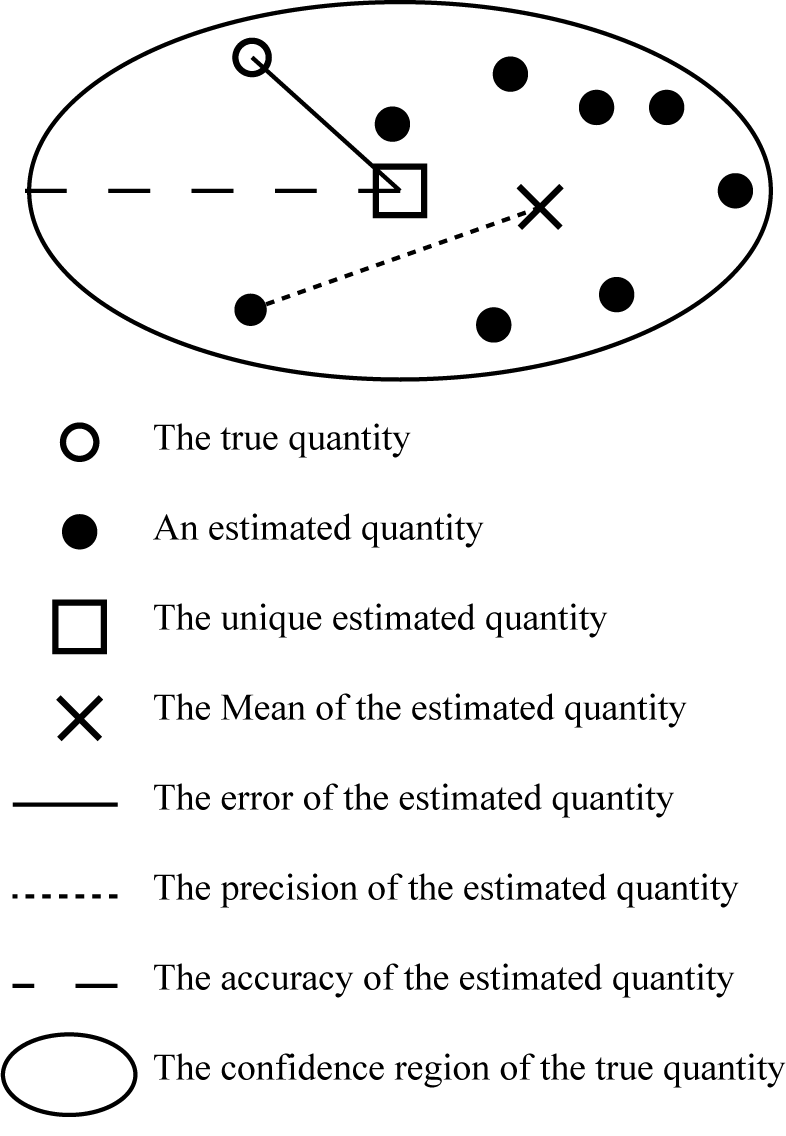IT-9-P-5870 Error Analysis of the Crystal Orientations and Misorientations obtained by the Classical Electron Backscatter Diffraction Method
The orientations obtained by the classical two-dimensional Hough transform-based EBSD method are accompanied by error and imprecision. These measures gain importance when the retrieved orientations and misorientations are used as an input for further analysis --- e.g., in grain boundary analysis, dislocation density analysis, and microstructure-based crystal plasticity modeling. In this contribution, the extent of the error and precision of the retrieved orientations and misorientations will be presented. They are examined using descriptive statistical analysis applied to patterns simulated based on the dynamical theory of electron diffraction. For a ~1 Mpixel pattern reduced to 240×204 pixels, subjected to the two-dimensional weighted Hough transform with 0.25° resolution, and convoluted by a butterfly mask of 13×13 pixels dimensionality, the error in the retrieved orientation is 1°, and the precision of the retrieved orientation is 0.7°. The error in the retrieved misorientation is 1.6° and its precision is 0.2°. The accuracies of the retrieved orientations and misorientations are obtained analytically through the model-based inferential statistics. The error in the detected lattice planes is assumed to have a Fisher-von Mises distribution. To estimate the accuracy, this error is propagated to the retrieved orientation and misorientation. The result is a confidence region for the true orientation or misorientation. The accuracies are defined based on their corresponding confidence regions. It is shown that the obtained accuracies are reliable upper bounds for the corresponding error. The maximum level of over/underestimation is 0.3° for orientation; it is 0.9° for misorientation.
1. Krieger Lassen, N. C., D. Juul Jensen, and K. Conradsen. 1994. “On the Statistical Analysis of Orientation Data.” Acta Crystallographica Section A Foundations of Crystallography 50 (6) (November 1): 741–748.
2. Krieger Lassen, N. C. 1996. “The Relative Precision of Crystal Orientations Measured from Electron Backscattering Patterns.” J. Microsc. (Oxford, U. K.) 181 (1): 72–81.

Fig. 1: Schematic drawing of the error, precision, confidence region, and accuracy of a quantity. |